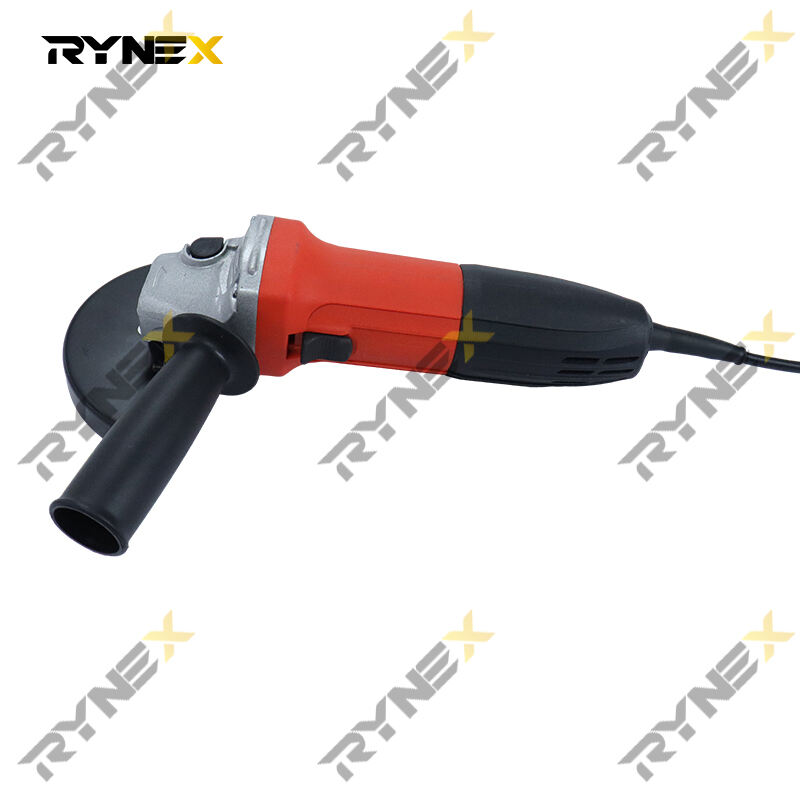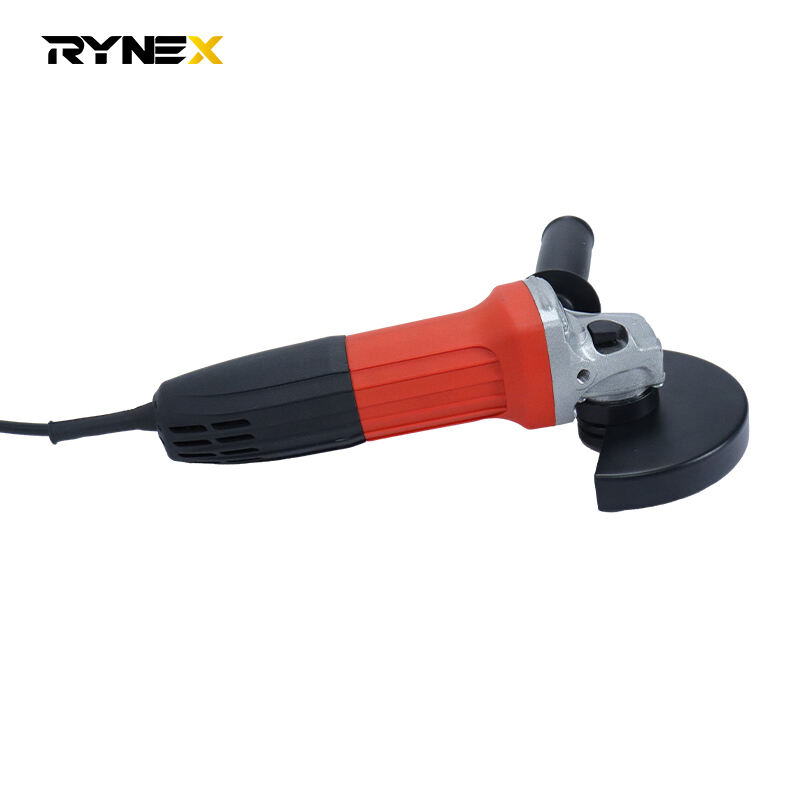Mastering Safe Operation of Die Grinding Tools
Die grinders are versatile power tools that have revolutionized metalworking and DIY projects, offering precision and control for various applications. Whether you're a hobbyist or seasoned craftsman, understanding proper die grinder operation is crucial for both project success and personal safety. This comprehensive guide explores essential safety practices that will help you maximize your die grinder's potential while maintaining a secure working environment.
The powerful rotary action of a die grinder makes it an invaluable tool for shaping, deburring, and polishing materials. However, this same power requires careful attention to safety protocols. By following proper guidelines, you'll not only protect yourself but also achieve better results in your metalworking endeavors.
Personal Protective Equipment and Workspace Setup
Essential Safety Gear for Die Grinder Operation
Before operating a die grinder, ensuring you have the right protective equipment is paramount. Start with impact-resistant safety glasses or a full-face shield to protect your eyes from flying debris and metal particles. A properly fitted dust mask or respirator is essential when working with materials that produce fine dust or particles.
Heavy-duty work gloves designed for metalworking provide necessary hand protection while maintaining dexterity. Avoid loose-fitting gloves that could get caught in the rotating parts. Additionally, wear close-fitting clothing and tie back long hair to prevent entanglement with the die grinder's rotating components.
Creating an Optimal Work Environment
Your workspace setup significantly impacts safety when using a die grinder. Ensure adequate lighting to clearly see your work area and maintain proper tool control. Keep your workspace clean and organized, removing any unnecessary tools or materials that could create hazards.
Install proper ventilation systems or work in well-ventilated areas to manage dust and particles. Consider using a sturdy workbench with appropriate clamping mechanisms to secure your workpiece, allowing both hands to control the die grinder effectively.

Proper Tool Inspection and Maintenance
Pre-Operation Safety Checks
Before each use, conduct a thorough inspection of your die grinder. Check the power cord for any signs of wear or damage if using an electric model. For pneumatic die grinders, inspect air hoses and connections for leaks or wear. Verify that the collet and locking mechanism are functioning correctly and securely hold the grinding accessory.
Examine all grinding wheels, burrs, or attachments for signs of damage, cracks, or excessive wear. Never use damaged accessories as they can break during operation, causing serious injury. Ensure all guards and safety features are properly installed and functioning.
Regular Maintenance Procedures
Maintaining your die grinder in optimal condition is crucial for safe operation. Clean the tool after each use, removing any dust or debris that could affect performance. Regularly lubricate moving parts according to manufacturer specifications, particularly for pneumatic models.
Keep cutting and grinding accessories sharp and clean for optimal performance. Dull or dirty attachments can cause the tool to bind or kick back during operation. Store your die grinder and accessories in a clean, dry place to prevent rust and deterioration.
Operational Safety Techniques
Proper Grip and Body Positioning
Maintaining proper control of your die grinder starts with correct hand positioning and stance. Hold the tool firmly with both hands, keeping your grip close to the grinding head for maximum control. Position your body to maintain balance and stability, avoiding awkward positions that could compromise tool control.
Keep your workspace organized to allow free movement without restriction. Never reach across your body while operating the die grinder, as this can lead to loss of control. Maintain a stable stance with feet shoulder-width apart, ready to react to any unexpected tool movement.
Speed and Pressure Management
Understanding proper speed settings and applying appropriate pressure is crucial for safe die grinder operation. Start at lower speeds when beginning work on a new piece, gradually increasing speed as needed. Never exceed the maximum speed rating for your grinding accessories.
Apply consistent, moderate pressure when grinding. Excessive pressure can cause accessory breakage or loss of control. Let the tool do the work, avoiding forcing or rushing the process. Be particularly cautious when approaching edges or corners where the tool can catch or bind.
Emergency Procedures and Best Practices
Handling Unexpected Situations
Even with proper precautions, unexpected situations can arise when using a die grinder. Familiarize yourself with the location and operation of emergency power shutoffs. Practice quick reaction procedures for common scenarios like tool binding or kickback.
Keep a first aid kit readily accessible in your workspace and know basic emergency response procedures. Establish clear paths to exits and ensure all safety equipment is easily accessible. When working with others, establish clear communication protocols for emergency situations.
Documentation and Training
Maintain records of tool maintenance, inspections, and any incidents that occur. Regular training updates help reinforce safety protocols and introduce new best practices. Consider participating in metalworking safety courses or workshops to enhance your skills and knowledge.
Create a safety checklist for die grinder operation and post it in your workspace. Regular review of safety procedures helps maintain awareness and prevents complacency. Share safety knowledge with others who may use your workspace or tools.
Frequently Asked Questions
How often should I inspect my die grinder and accessories?
Perform a visual inspection before each use, checking for damaged parts, loose connections, and worn accessories. Conduct a more thorough inspection monthly, including testing all safety features and checking for proper lubrication and maintenance needs.
What speed settings should I use for different materials?
Start with lower speeds for softer materials like aluminum and increase speed for harder materials like steel. Always consult the manufacturer's recommendations for both the die grinder and accessories. Never exceed the maximum rated speed for any attachment.
When should I replace grinding accessories?
Replace grinding accessories when they show signs of wear, damage, or reduced performance. Look for chips, cracks, or uneven wear patterns. If an accessory becomes noisy or creates excessive vibration during use, replace it immediately to maintain safe operation.
What should I do if my die grinder binds or kicks back?
Immediately release the power switch or trigger and maintain a firm grip on the tool. Once the tool stops completely, assess the cause of the binding. Check for improper speed settings, excessive pressure, or damaged accessories before resuming work with adjusted technique.

